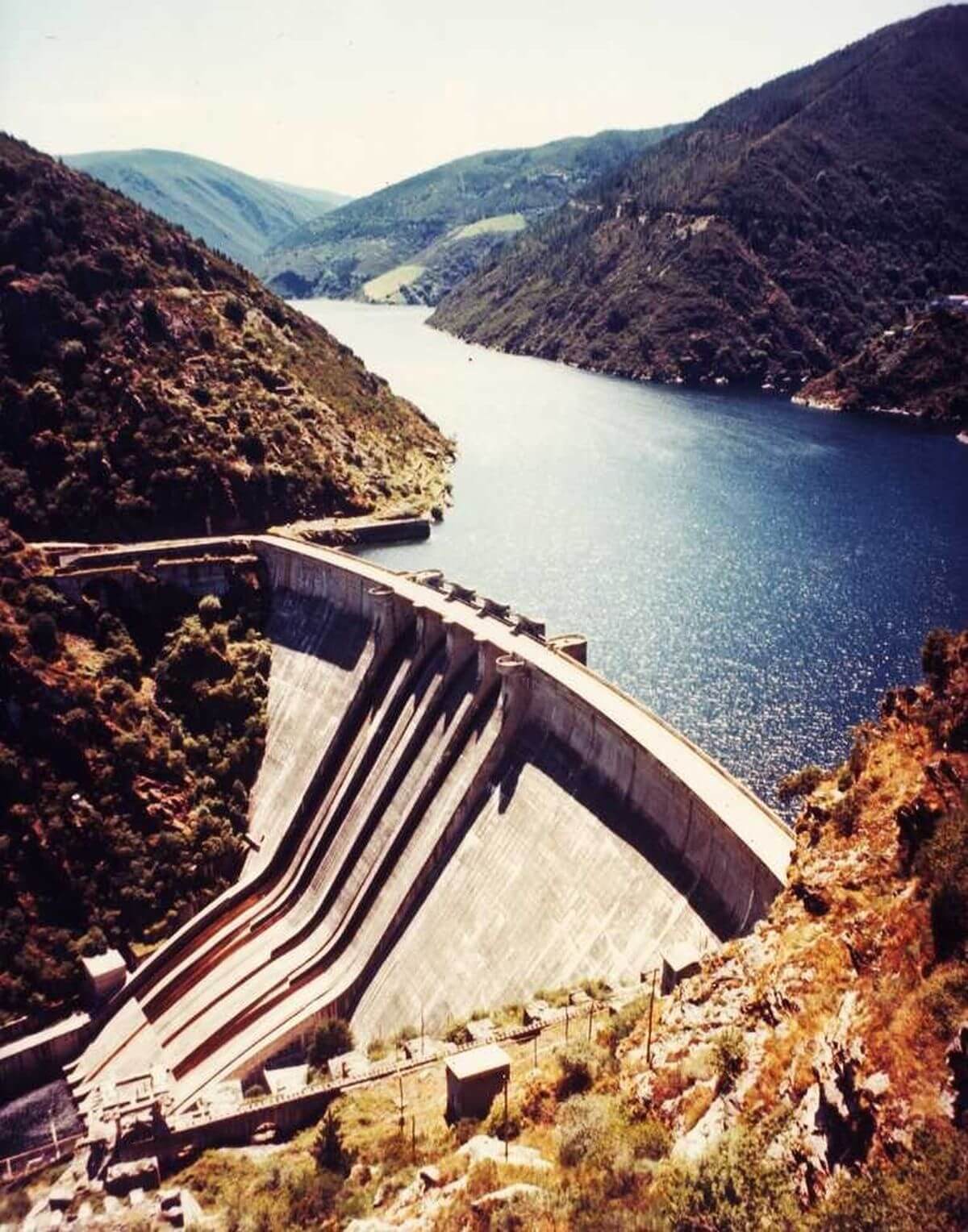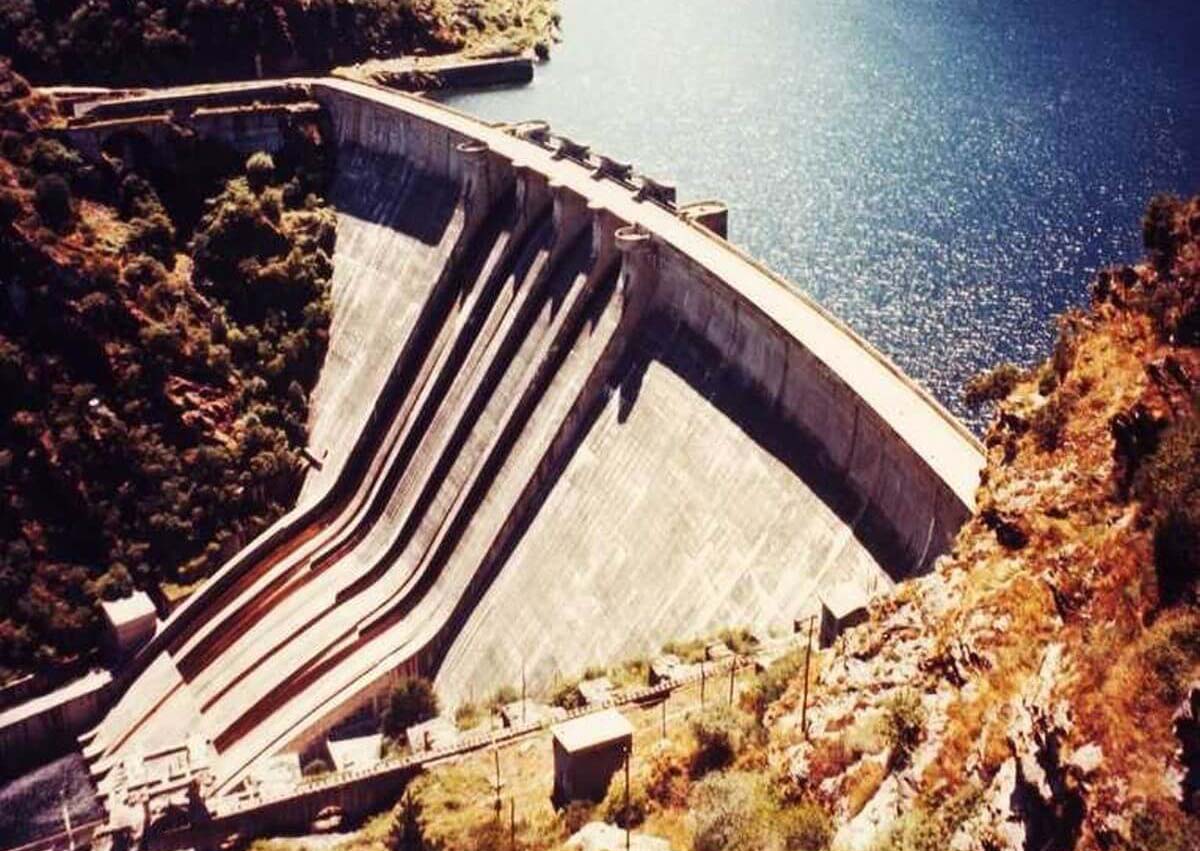Power companies are showing commitment to Asturias in the path taken by Spain towards the decarbonization of the economy and the energy transition. Dozens of reservoirs and hydroelectric power plants in operation in our region for decades, such as the one in Grandas de Salime, could gain a second life through projects to generate and store the energy they produce.
The Law on Climate Change and Energy Transition, approved by the Spanish Parliament in May 2021, states that one of the measures to achieve the decarbonization objectives is to promote reversible hydroelectric plants, capable of generating energy and storing it.
And Asturias, aligned with the direction taken by Spain and Europe in order to achieve energy saving and efficiency targets, starts this race from a privileged position.
Most of the Asturian territory drains into the Cantabrian Sea, which is part of the Atlantic Ocean. This is one of the reasons why Asturias has a temperate, oceanic climate. It also has a high rainfall: it rains abundantly throughout the year (estimated at 1,000 litres per square metre).
Asturias has numerous rivers, small but very fast and fast-flowing due to the mountainous terrain. This makes them very suitable for generating electricity through hydroelectric power stations.

Asturias, 777.9 MW of installed hydroelectric power capacity
Our region currently has forty hydroelectric facilities for electricity production, with an installed capacity of 777.9 MW.
In Asturias, there are several hydroelectric plants of importance, such as the Grandas de Salime plant (with an installed capacity of 112 MWh) or the Tanes plant (with a capacity of 124 MWh in generation and 114.5 m³/s of pumping).
The Salime hydroelectric power station began to be built in 1945 thanks to an agreement between the companies Electra de Viesgo and Hidroeléctrica del Cantábrico for the use of the upper section of the river Navia. The commissioning of this installation, which was a pioneer in terms of technology and design and which had to overcome many construction barriers, dates from 1954.
Salime has another peculiarity: the Asturian architect Joaquín Vaquero Palacios, in collaboration with his son Joaquín Vaquero Turcios, turned the power station into an art gallery, complementing the imposing industrial work with pioneering pictorial work. In fact, the plant can be visited and has become a major tourist attraction.
The useful volume of the reservoir is 239.5 Hm³, the net power of the plant is 157.24 MW and the average yearly energy produced is 300,000 MWh.
Asturias promotes renewable energies
Asturias’ energy strategy includes the promotion of renewable energies and the development of savings and efficiency measures. The share of renewables in the region’s total primary production in 2018 was 75.2%, compared to 60.9% in the previous year.
Along these lines, the companies EDP, Endesa and Magtel are planning to build up to six large reservoirs in western Asturias to pump water from existing ones into them and generate renewable energy with the returns.
Saltos del Navia – a company equally owned by EDP and Endesa – is planning a pumping station with a capacity of 800 MW for the Salime reservoir. The new reservoir (to be located near Buspol, on Os Pozos de Grandas de Salime mountain) will have a capacity of 6.48 hm3 and will be connected to the reservoir with pipes of more than two kilometres.
Magtel has proposed thirteen pumped-storage hydroelectric power plant projects and the main ones are in Asturias, with high power: Doiras with 400 MW, Soto de la Barca with 300 MW and Grandas de Salime with 265 MW.
What is pumped storage hydropower?
The key to these initiatives lies not only in electricity production, but also in the capacity to store energy, one of the key elements of the transition at European level in its commitment to replacing coal with renewables.
Pumped storage hydropower (PSH) is a type of hydroelectric energy storage. It is a configuration of two water reservoirs at different elevations that can generate power as water moves down from one to the other (discharge), passing through a turbine.
The system also requires power as it pumps water back into the upper reservoir (recharge). PSH acts similarly to a giant battery, because it can store power and then release it when needed.
When energy is needed, the water is released and turbined, transforming it into electricity. By hybridizing it with a wind farm or a photovoltaic plant, the excess energy generated by these renewable installations could be stored through hydraulic pumping. Once stored, this energy could be released when the grid has a high demand for electricity.
Given the characteristics of our region, Asturias could become a hub for this type of technology, as demonstrated by the number of initiatives sent to the central government to apply for European funds.







